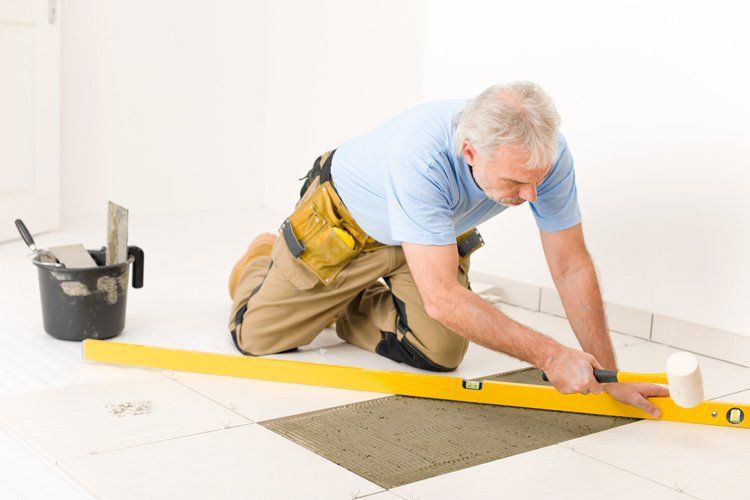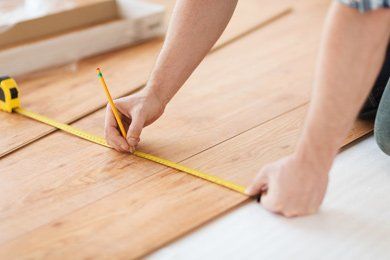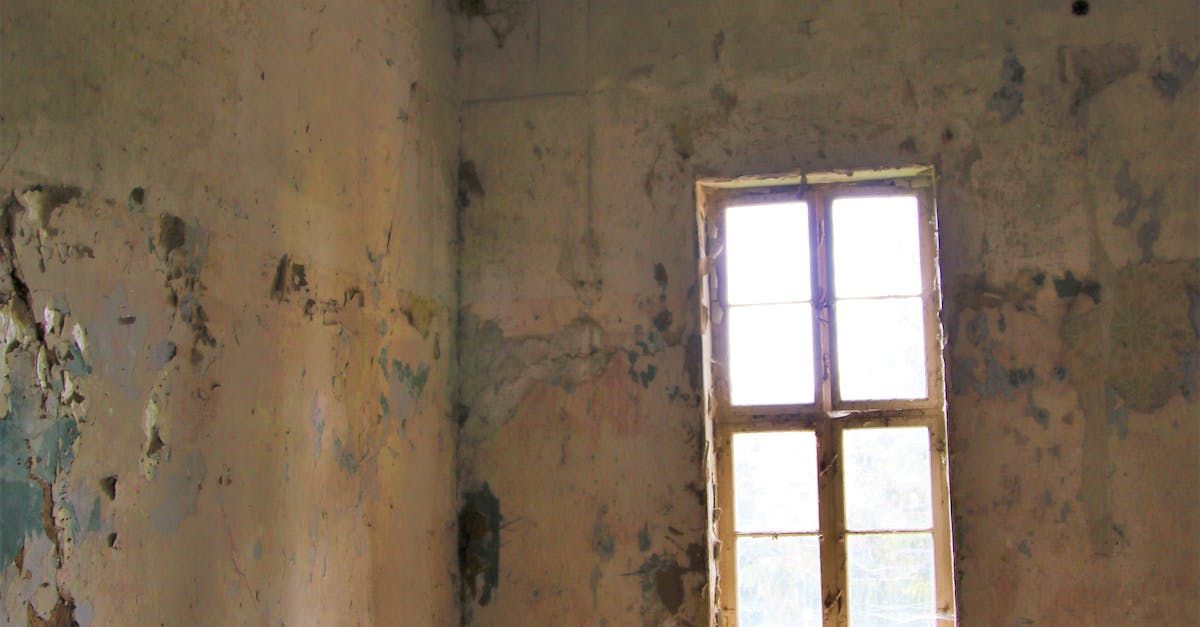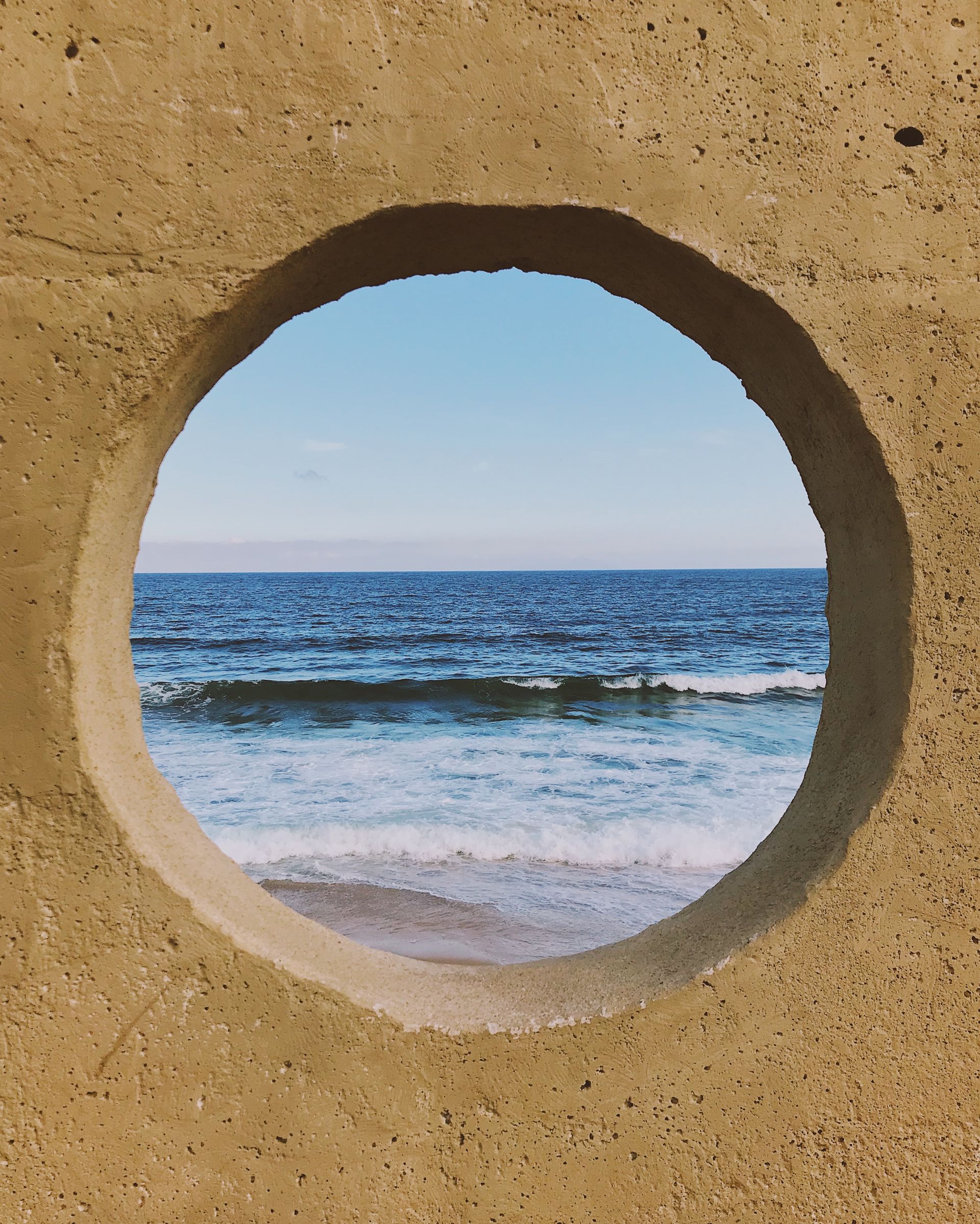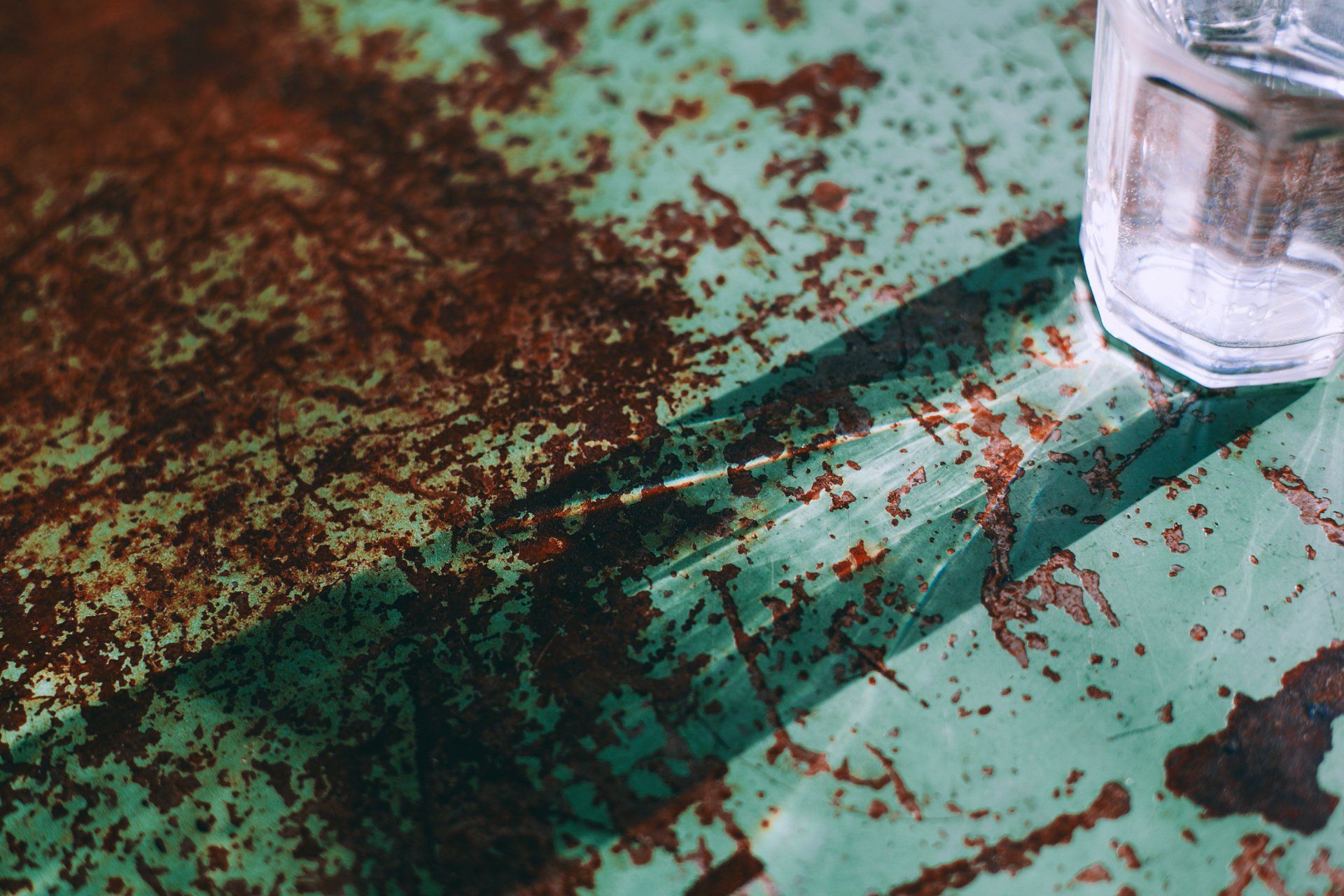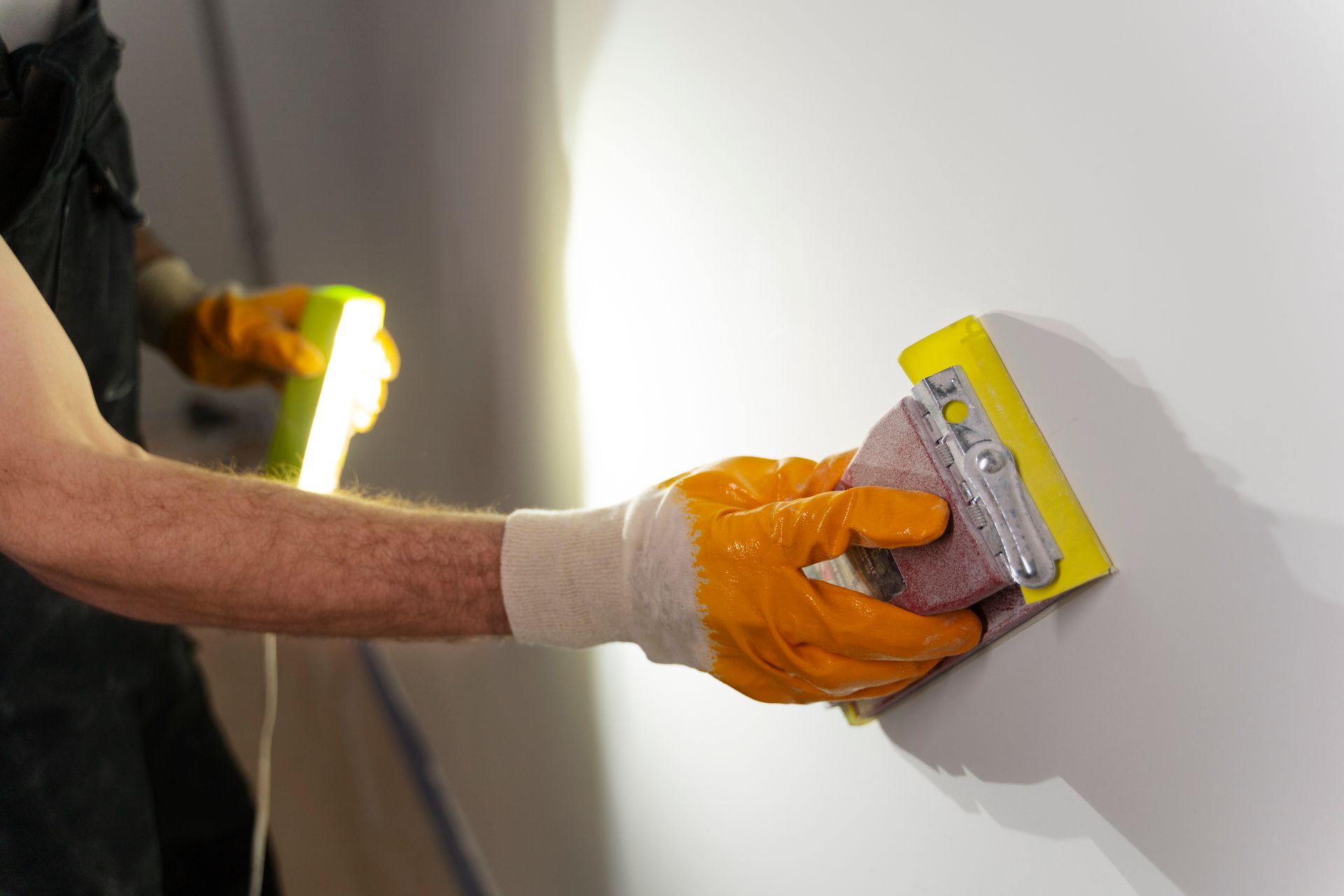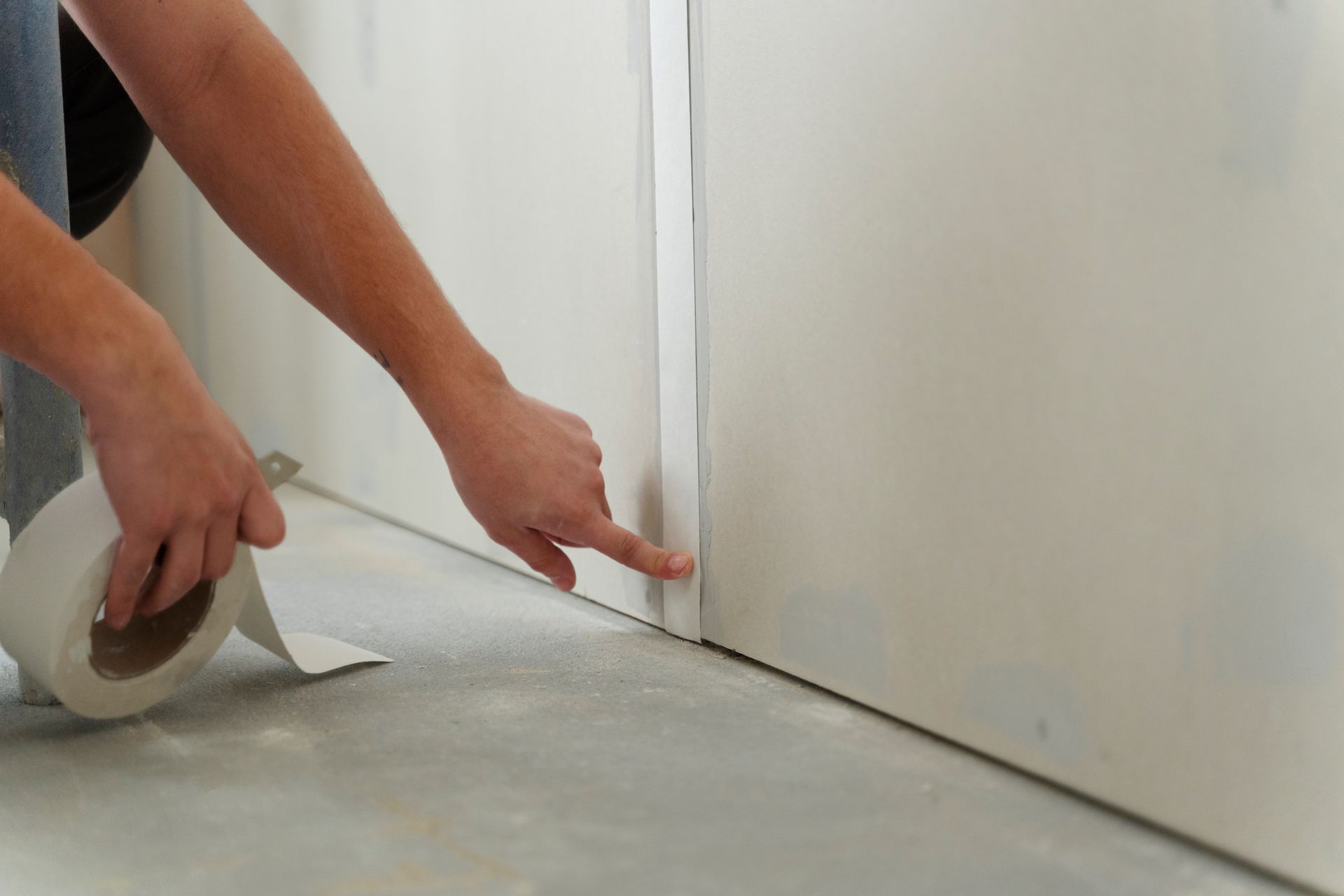Adding Life to Walls: The Insider's Guide to Drywall Texturing
Transform Your Space with Expert Techniques in Drywall Texture and Paint
Drywall texturing is a unique and creative way to add character and depth to your walls. Whether you're renovating your home, repairing damaged walls, or simply looking for a change, understanding the various types of drywall texture and techniques can significantly enhance the aesthetics of your space. In this comprehensive guide, we delve into the world of drywall texture, exploring different styles, different drywall texturing methods, and tips to help you achieve the perfect textured walls.
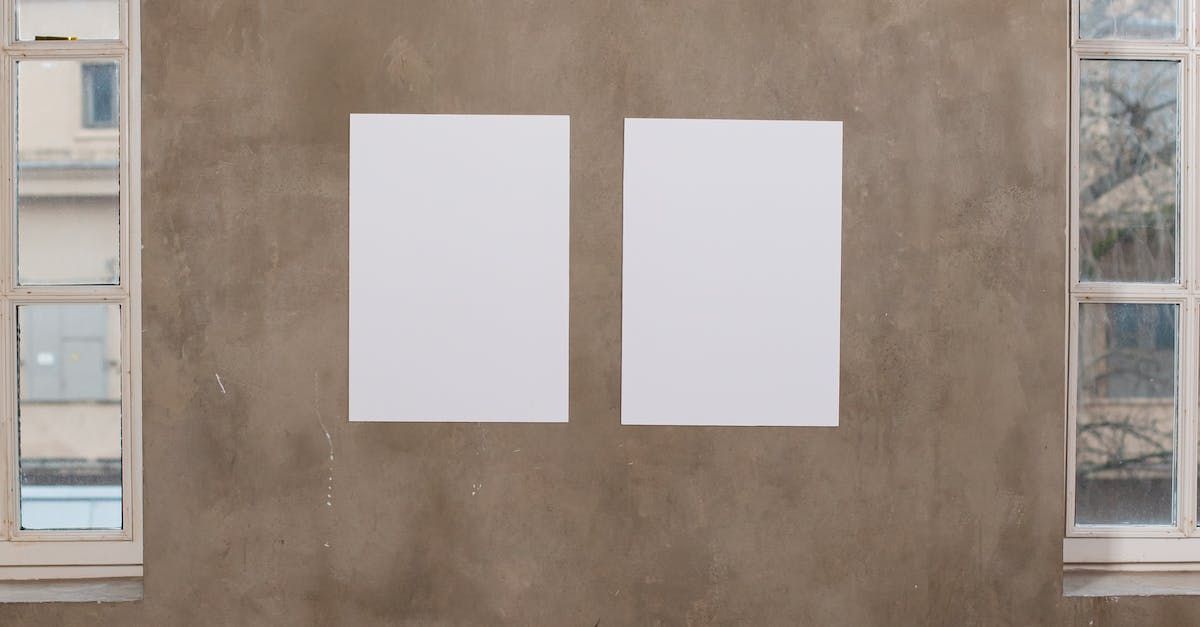
Understanding Drywall Texture and Its Importance
Drywall texture is not just about aesthetics; it also plays a crucial role in hiding imperfections and providing a finished look to your walls. Textured paint and wall texture techniques can transform a flat, bland surface into a visually appealing and tactile experience. I hope this answer you question about what is texturing drywall?
The Basics of Drywall Repair and Preparation
Before your start putting texture on drywall , it's essential to address any drywall repair needs. Fixing cracks, holes, and other damages ensures a smooth and even application of texture. Sheetrock texture, a popular choice for drywall, requires a well-prepared surface to adhere properly.
Types of Drywall Texture
There are several drywall texture types, each offering a distinct look and feel. Here's a quick overview:
- Knockdown Texture: Knockdown wall texture involves applying a thick layer of drywall paint or mud and then flattening (knocking down) the peaks to create a mottled texture.
- Orange Peel Texture: Achieved by spraying wall texture in a fine, even pattern, resembling the skin of an orange.
- Popcorn Texture: Ideal for ceilings, this involves spraying a mixture that dries to a rough, bumpy finish.
- Skip Trowel Texture: A hand-applied technique that gives a Mediterranean feel with a stucco-like appearance.
Selecting the Right Texture for Painted Walls
When choosing texture for painted walls, consider the room's overall design and the effect you want to achieve. Wall texture paint can range from subtle to dramatic. For instance, textured paint can add depth and interest to a room without overwhelming it.
DIY vs. Professional Drywall Texturing
While DIY enthusiasts may be tempted to tackle drywall texturing, it's often a job best left to professionals. The complexity of achieving uniform texture types on drywall and the skill required for specific patterns like knockdown texture or spray wall texture can be challenging for novices.
Tools and Materials for Drywall Texturing
If you decide to DIY, you'll need specific tools and materials:
- Drywall Mud: Used for most texturing techniques.
- Trowels and Knives: Essential for applying and shaping the texture.
- Texture Spray Gun: Necessary for spray techniques like orange peel or popcorn texture.
Step-by-Step Guide to Applying Drywall Texture
If you are wonder about how to put texture on drywall here are a few basic steps
Prepare the Surface: Repair any damages and ensure the wall is clean and smooth.
- Choose Your Texture Style: Decide on the texture type that best suits your space.
- Mix and Apply Texture Material: Follow specific guidelines for mixing drywall mud or textured paint.
- Texture Application: Use the appropriate tool or technique, like a trowel for knockdown texture or a spray gun for orange peel.
- Finishing Touches: Allow the texture to dry completely before painting or applying any finishes.
Maintenance and Upkeep of Textured Walls
Maintaining textured walls is slightly different from flat walls. Regular dusting and gentle cleaning can keep your textured walls looking fresh. Be mindful of the type of texture when cleaning – some, like the knockdown texture, may require more delicate handling than others.
Advanced Texturing Techniques for Unique Wall Effects
Beyond the basic techniques, there are advanced texturing methods that can add a unique flair to your walls:
- Comb Texture: Involves creating patterns like waves or arcs with a comb-like tool, adding a rhythmic design to the wall.
- Stomp Texture: Uses a brush to stomp patterns onto the wet drywall compound, creating a distinct, rugged look.
Design Considerations for Textured Walls
When planning to texture your walls, consider the room's lighting, color scheme, and overall style. Textured walls can dramatically affect how light interacts with the space, creating shadows and highlights that can enhance or detract from the room's ambiance.
- Room Size and Lighting: Lighter textures can make a room feel larger, while heavier textures suit well-lit or larger rooms.
- Color Choices: The color of your textured paint or the paint applied over the texture can influence the final look. Light colors tend to highlight the texture, while darker shades can subdue it.
Incorporating Textured Walls into Your Home Decor
Textured walls can become a focal point in your home decor. They pair well with various interior styles, from modern minimalism to rustic charm. The key is to balance the texture with other elements in the room, such as furniture, artwork, and fabrics.
Troubleshooting Common Drywall Texturing Issues
Even with careful application, issues can arise. Here are some common problems and their solutions:
- Uneven Texture: This often results from inconsistent application. Practice your technique on a scrap piece before applying it to the wall.
- Cracking or Peeling Texture: Usually due to improper preparation of the surface. Ensure the wall is clean and properly primed before texturing.
- Difficulty in Matching Texture: When repairing or touching up, it can be challenging to match the existing texture. It may require experimenting with techniques and tools to achieve a close match.
Professional Tips for Perfect Drywall Texturing
- Consistency is Key: For spray textures, getting the right consistency of the mix is crucial for a uniform application.
- Practice Makes Perfect: Experiment on a spare board before applying texture to your walls.
- Quality Tools and Materials: Invest in good-quality tools and materials for a professional-looking finish.
The Environmental Impact of Drywall Texturing
Consider the environmental aspect of your texturing project. Look for eco-friendly drywall compounds and paints, and be mindful of waste disposal and wall texturing techniques.
The Future of Drywall Texturing
With advancements in materials and techniques, the future of drywall texturing is promising. Newer, more durable compounds and innovative tools are making it easier for DIYers and professionals alike to create stunning wall textures.
Conclusion
In conclusion, drywall texturing or sheetrock texturing techniques is an integral component of general drywall services, offering a dynamic and versatile way to elevate the aesthetic appeal and character of your living spaces. Beyond basic installation and repair, incorporating texture into your drywall projects can transform your walls into visual and tactile masterpieces. Whether opting for subtle textures or bold, artistic patterns, the right drywall texture can significantly enhance the overall ambiance of a room. This guide has provided insights into various texturing techniques, design considerations, and practical tips, preparing you to make informed decisions in your drywall projects. Remember, the walls of your home are more than just structural elements; they are canvases awaiting your creative expression, and with the right approach, general drywall services can transcend into the realm of art.
Ready to work with Dallas Drywall Solutions?
Let's connect! We’re here to help.
Send us a message and we’ll be in touch.
Or give us a call today at 972-362-9799

